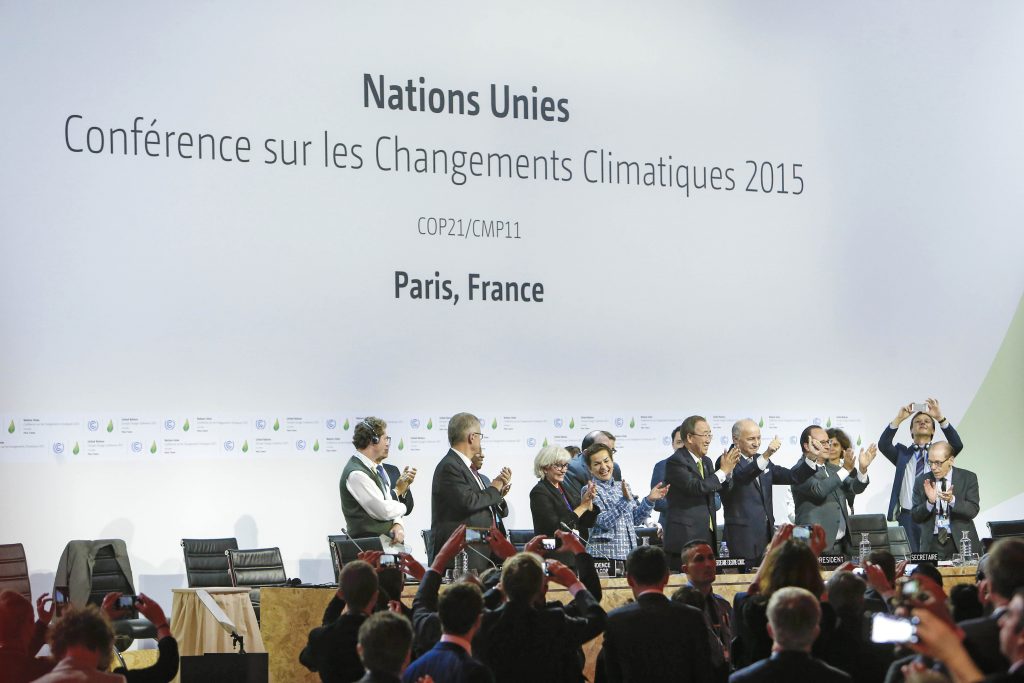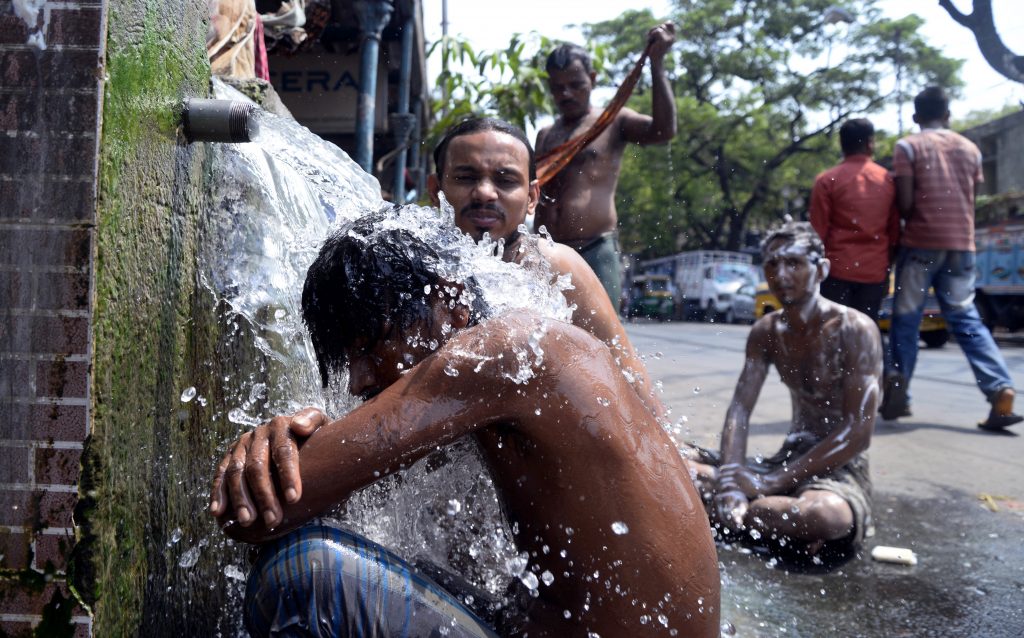
Or is it too little too late?
Text Jim Neale
On 12 December 2015, the much-anticipated United Nations’ Paris Agreement for Climate Change was signed. Alarmingly, it also happens to be the warmest year ever recorded on the planet. One very important consequence of this new agreement is that each nation, no matter its size or economic status, will endeavour to reduce greenhouse gas emissions.
The big question; is it too little too late for a warming planet? There are some encouraging signs as close to 200 countries recognised that a threat exists from man-made greenhouse emissions, and by declaring consensus, the first steps towards resolving this fatal issue may have begun in time.
What about the Kyoto Protocol?
Previous climate change conferences such as the 1997 Kyoto Protocol were often viewed as a failure or disappointment, because nations lacked the desire to curb the brisk pace of industrialisation. Motivation for a pollution-free environment now appears more genuine as a greater number of countries have signed the Paris Climate Change Agreement.
This ambitious pact will endeavour to keep global temperatures below a 2°C threshold over the next 100 years. The urgency for action was further underscored in Paris by the reality that 2014 was the second-warmest year on record. This was due to a lethal combination of El Niño and man-made greenhouse emissions.

India’s heatwave
India especially has been afflicted by the dual droughts of 2014 and 2015, and wilting crops are throwing 200 million heavily-indebted farmers into desperate poverty. Tragically, foreclosures and suicides are mounting in rural villages as thousands of families endure the full impact of a harsh and transforming climate.
The seasonal monsoon rains are no longer predictable, and its fluctuating patterns have left reservoirs at decade lows and transformed a once rich, fertile acreage into a parched, cracked wasteland. If it remains rainless, it could even jeopardize India’s rapidly expanding economy and cost the country millions of agricultural-related jobs. It is estimated that agriculture employs almost half of India’s 1.3 billion people, and a slight surge in temperature would translate to a substantial loss in the national gross domestic product (GDP).
In 2015, warming temperatures in the form of deadly heatwaves further impacted the vulnerable, with thousands succumbing to heat as thermometres blasted past 47°C in some areas of Central Asia.
The greatest casualties are always suffered amongst the poorest, since they have very little protection from the furnace-like conditions and often perish from heatstroke and dehydration. Even roads and asphalt have been known to melt at these exceptionally high magnitudes, putting additional stress on an already over-burdened transport and infrastructure system.

Is this the “new normal”?
Calamitous events such as flooding, drought and record high temperatures may represent the “new normal”. Despite the occasional cold snap or heavy snowfall, it is the long-term trend that troubles scientists the most as the global warming alarm bells are now ringing loudly.
Scientists in Stockholm’s Intergovernmental Panel for Climate Change (IPCC) state that the major cause of the earth’s warming is the man-made release of carbon dioxide (CO2) and other greenhouse gases into the atmosphere.
Hopefully, the world has not yet reached the point of environmental bankruptcy, and it is conceivable that the same enthusiasm for achievement can be reached through international dialogue, diplomacy and agreement.
It has yet to be ratified but the Paris Agreement is a good starting point for countries to share in the collective responsibility for preserving and maintaining a cleaner planet.
For more stories and photos, check out Asian Geographic Issue 117.










